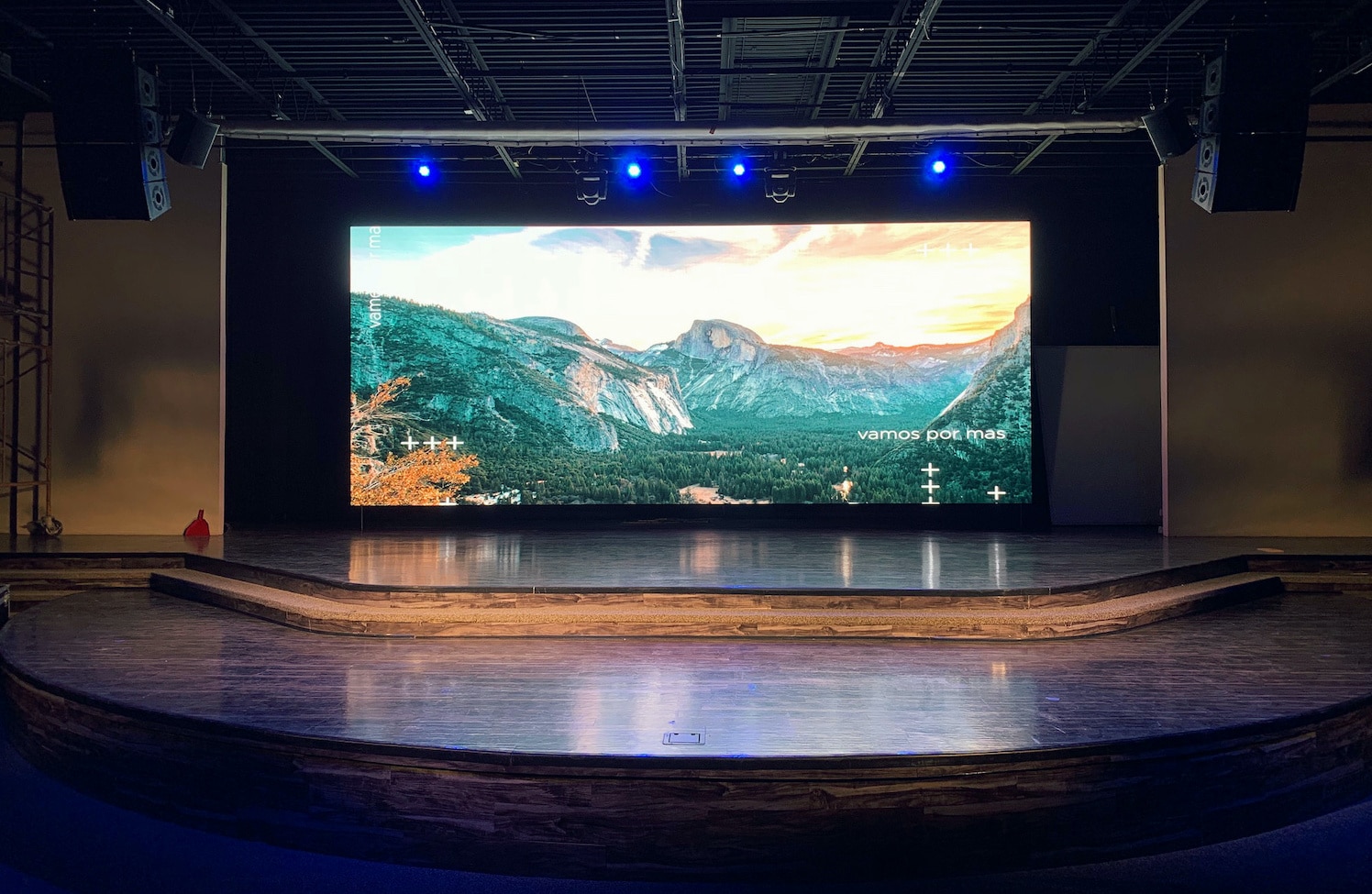Exploring How Definition Influences the Performance and Aesthetic Quality of Light Emitting Diode Screens in Modern Exhibition Technology
Exploring How Definition Influences the Performance and Aesthetic Quality of Light Emitting Diode Screens in Modern Exhibition Technology
Blog Article
LED screens are becoming more and more common in various environments, including musical events and sports competitions to corporate displays and creative installations. One of the most crucial elements that affect the performance and image clarity of these displays is resolution. Image resolution denotes the quantity of pixels that compose the visual on the display. Higher resolution means additional picture elements, which can lead to sharper and crisper visuals. Grasping how resolution impacts LED screens can assist operators make informed decisions about their screen requirements.
When discussing resolution, it is essential to consider pixel pitch, which is the gap between the midpoint of one picture element to the midpoint of the following pixel. A smaller pixel pitch results in a higher resolution, allowing for additional clarity in the visuals shown. For example, an LED screen with a picture spacing of 1.5mm will offer a sharper visual than one with a picture pitch of 3mm. This is particularly important in environments where audiences are near to the screen, such as in a compact location or a exhibition event booth. In these cases, a higher resolution can greatly improve the observing quality.
Another aspect of resolution is its impact on color precision and luminosity. LED screens with higher resolutions often have better color rendering, indicating that the hues shown are more vibrant and true to life. This is essential for uses like marketing, where the objective is to attract attention and convey a message efficiently. Additionally, higher resolution screens can preserve luminosity levels even when viewed from different angles. This is important in big locations where audiences may be seated at various ranges and positions from the screen.
The functionality of LED walls is also influenced by image clarity in terms of update rates and response times. A greater image clarity display can handle faster refresh rates, which is crucial for fast-moving content such as videos and animations. This means that the images on the screen will look smoother and increasingly fluid, enhancing the overall observing quality. In contrast, lower resolution displays may struggle with fast-moving content, resulting in fuzziness or delay. Therefore, for occasions that depend on dynamic images, selecting a display with a suitable resolution is critical.
In summary, image clarity plays a crucial role in defining the functionality and image clarity of LED walls. Factors such as pixel pitch, color precision, luminosity, refresh rates, and response times all contribute to how effectively a display can convey information and engage viewers. As technology continues to advance, led wall rental for trade fairs understanding these factors will assist operators choose the appropriate LED screen for their particular needs, ensuring that they obtain the optimal potential outcomes in their displays and events.